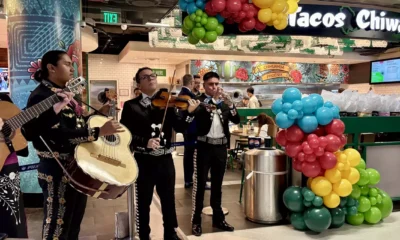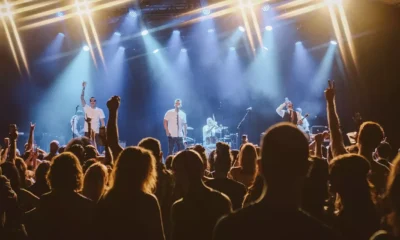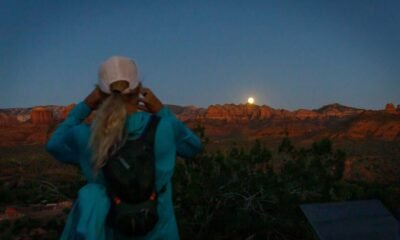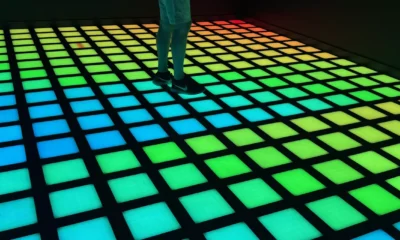arts and culture
Residents Cast Their Votes in Exciting Cultural Park Planning Survey
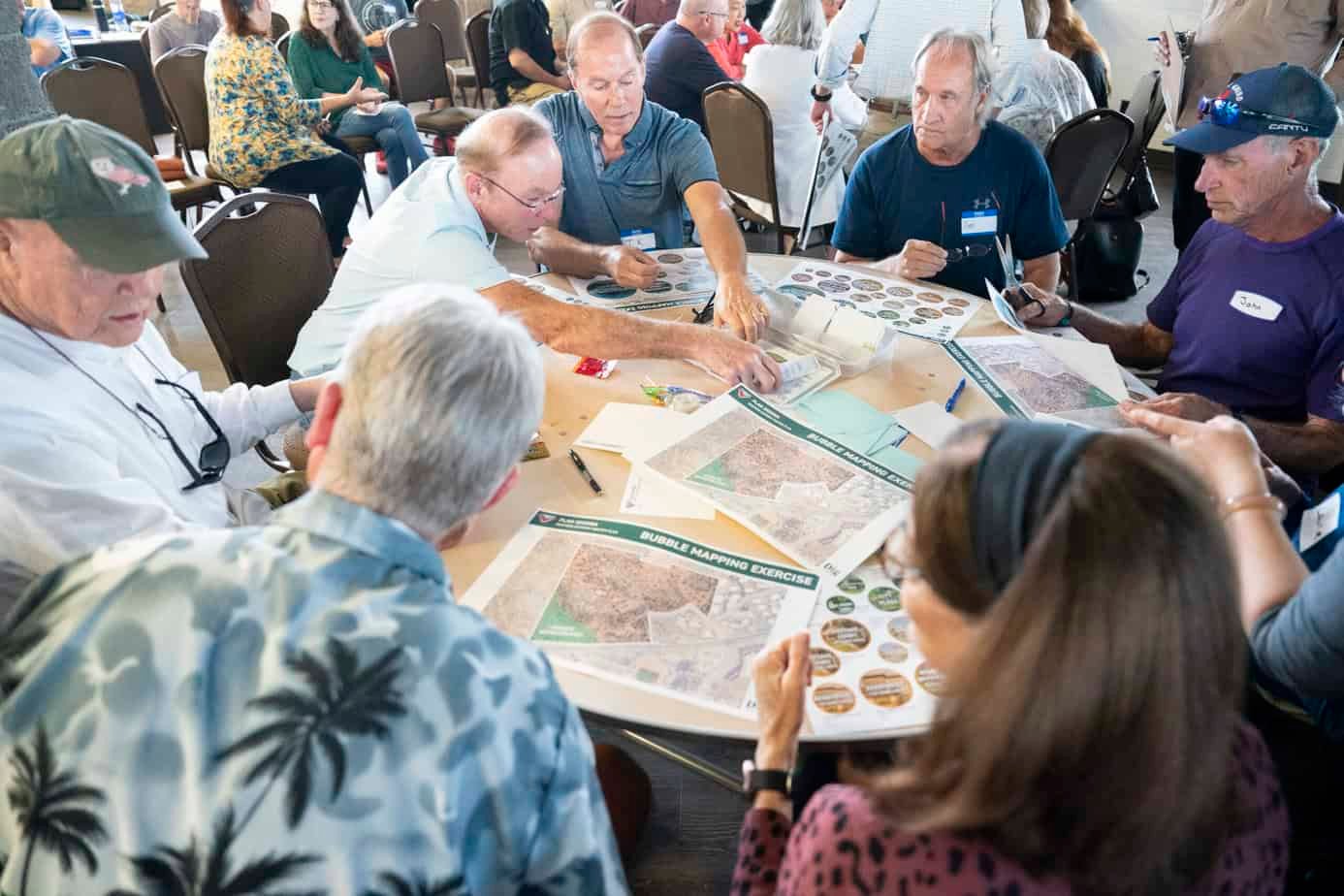
The city of Sedona recently concluded the first phase of its online survey regarding future proposals for the Sedona Cultural Park, inviting residents to express their priorities concerning various uses of the space. The survey, which closed on November 15, garnered 579 responses, providing a wealth of insights into community preferences.
Community amenities emerged as the top priority among respondents, accumulating a score of 1,216 from 470 votes. Housing followed closely with 968 points from 413 votes, while shops and services secured 465 points from 342 votes. The results highlight a strong inclination towards enhancing communal spaces and resources.
In the recreation category, a neighborhood park led the scores with 2,053, based on 459 rankings. Options for open space and a public plaza received considerable attention as well, achieving 1,739 and 1,202 points, respectively. Other suggestions, including walking paths and a recreation center, also demonstrated significant support, scoring 1,397 and 1,310, respectively.
The survey evaluated various amphitheater restoration options. A full restoration of the existing 5,000-seat venue garnered 1,009 votes, while smaller options were proposed as well. Notably, the idea of excluding an amphitheater entirely scored 696 points, indicating a range of opinions on the venue’s future.
On the housing front, apartments took the lead with 1,403 points from 308 rankings. The preferences for other housing types were relatively close in score, with patio homes, duplexes, and townhomes all receiving significant votes. The survey also examined housing allocation, revealing a preference for a balanced mix of ownership and rental options.
Commercial options yielded the lowest scores overall. A park-and-ride for the city’s transit system was the most favored, receiving 1,319 points. In contrast, choices including a coffee shop and a restaurant ranked lower but still attracted notable interest.
Additional questions regarding museums and theaters yielded scores that reflect a moderate community interest, underscoring a desire for cultural investment despite overall lower preferences in commercial opportunities. The recreation category, which includes public art, also reflected significant community engagement with a score of 1,196 based on 369 responses.
Aggregating the scores reveals the community’s top priorities: housing led with a total of 5,008 points, closely followed by various forms of open space at 4,994 points. The restoration of an amphitheater received 2,623 points, while building new trails scored 2,665.
Alongside numerical rankings, the survey included 237 written comments, further illuminating the community’s sentiments. Many respondents expressed a desire for the amphitheater to serve as a performance venue, while some opposed its inclusion entirely. Calls for preserving open space and including housing options surfaced frequently, indicating a dynamic discussion around future developments.
A notable aspect of the feedback revolved around concerns about homelessness. Several comments highlighted a strong stance against integrating homeless camps into the Cultural Park’s future plans, reflecting the recent voter sentiment that overwhelmingly rejected a proposed homeless camp in a referendum.
As the survey results are analyzed, the city will use the insights to guide future planning for the Sedona Cultural Park. This significant community engagement serves as a cornerstone in shaping the space to better reflect the desires and priorities of Sedona’s residents.
